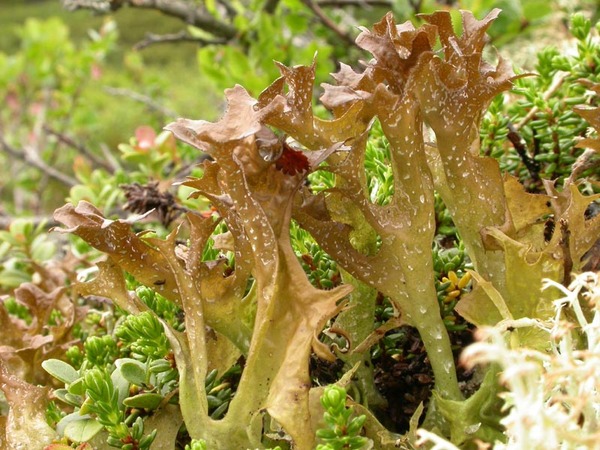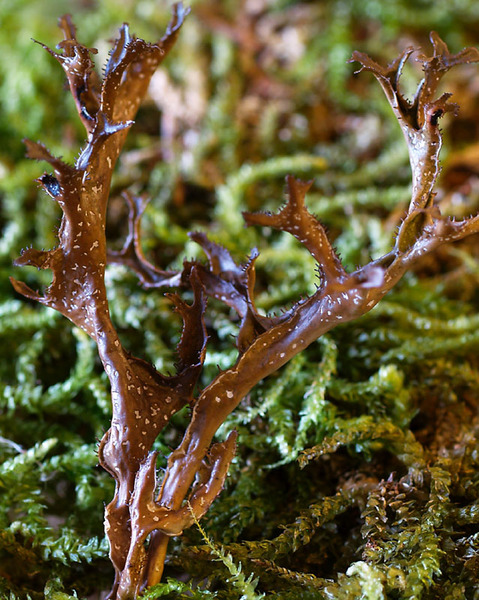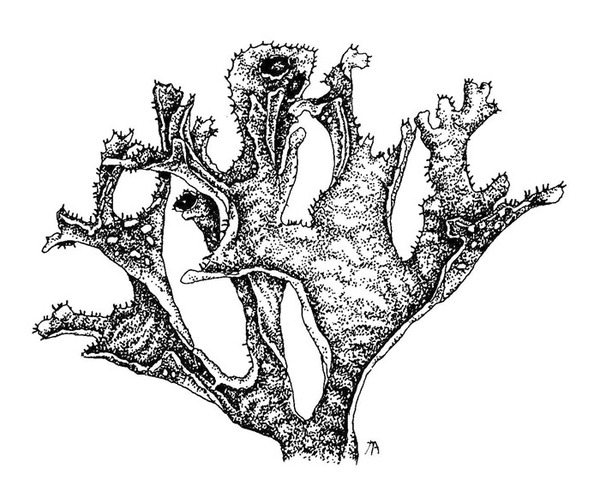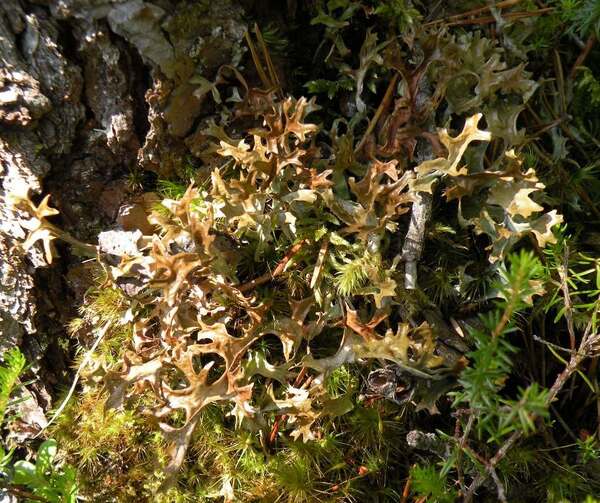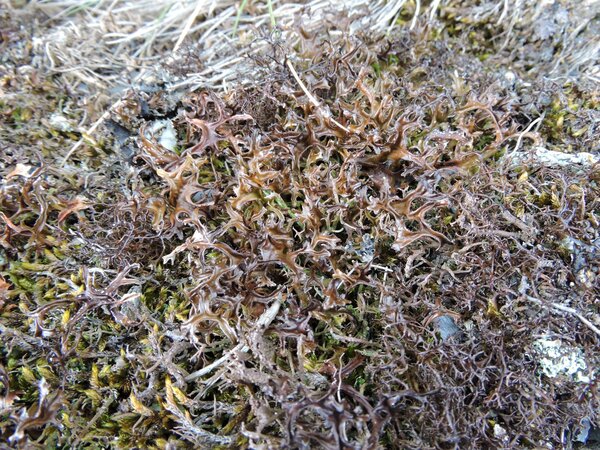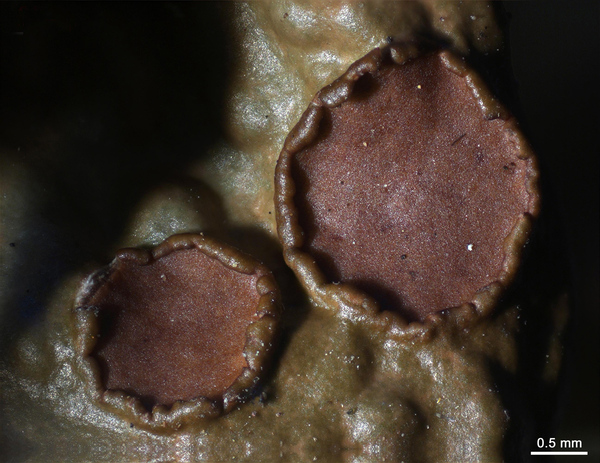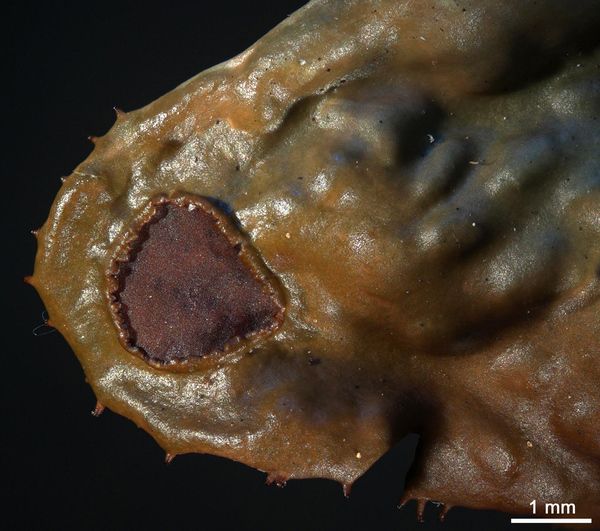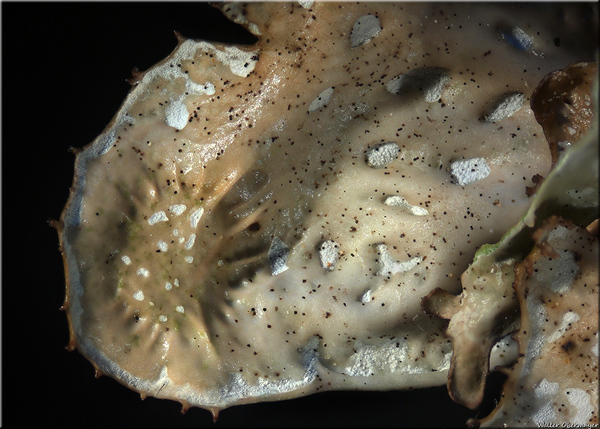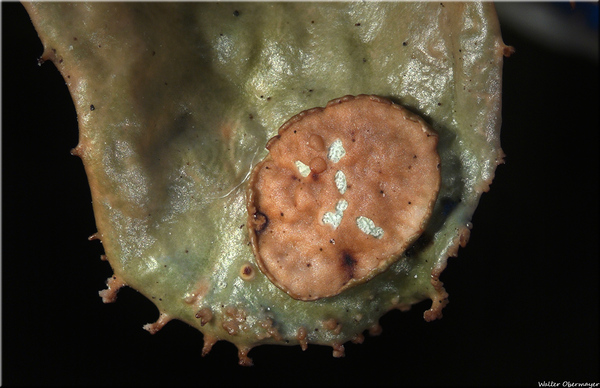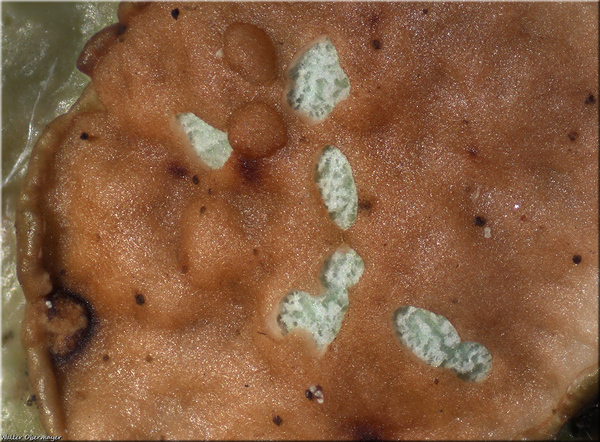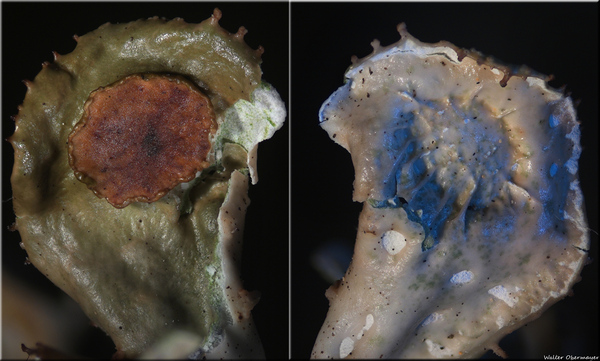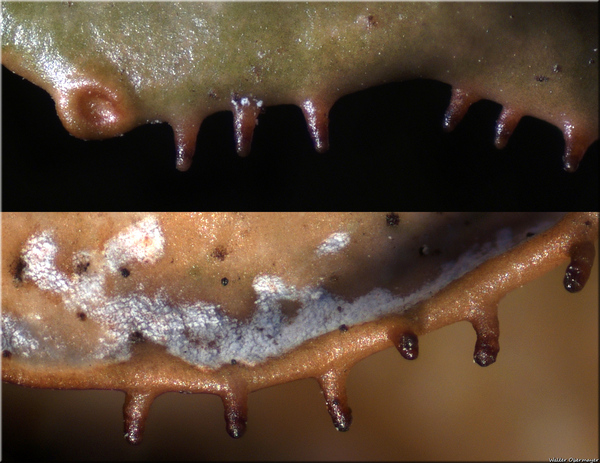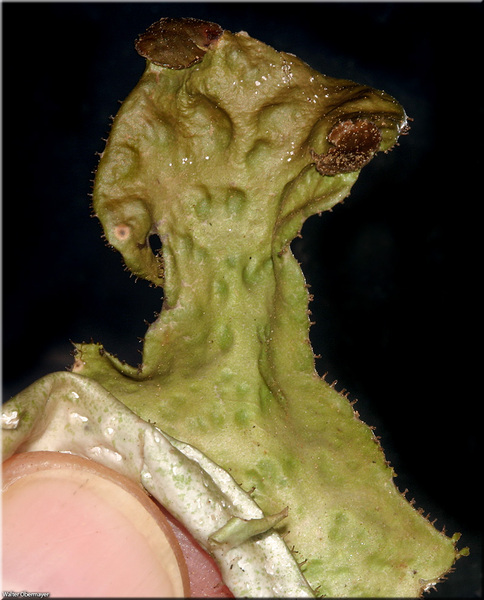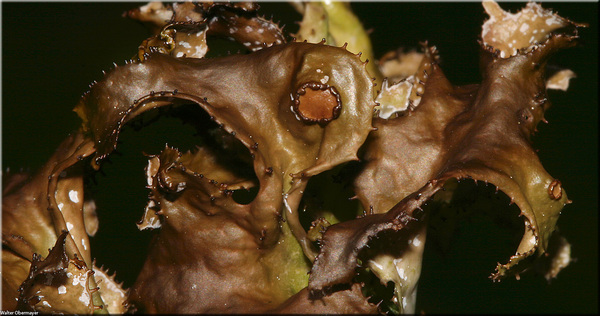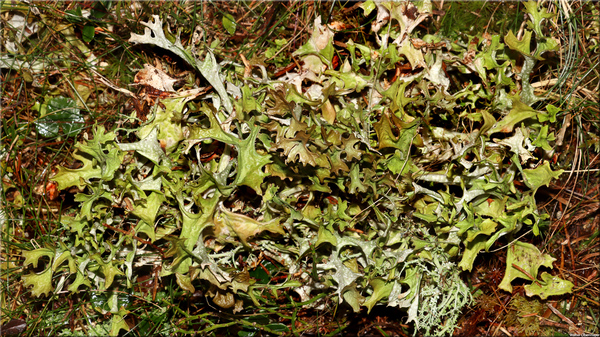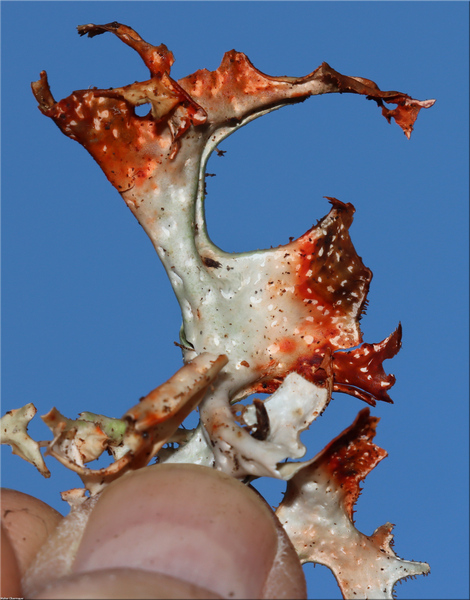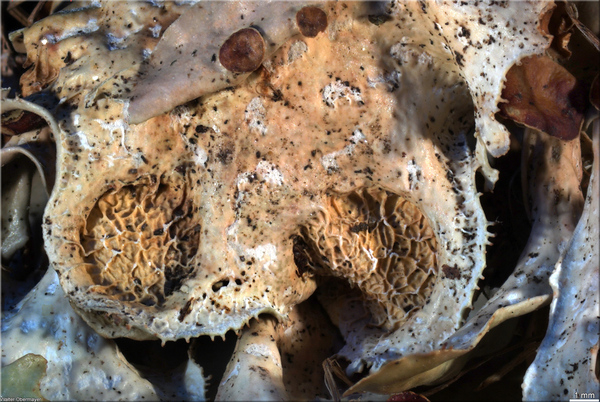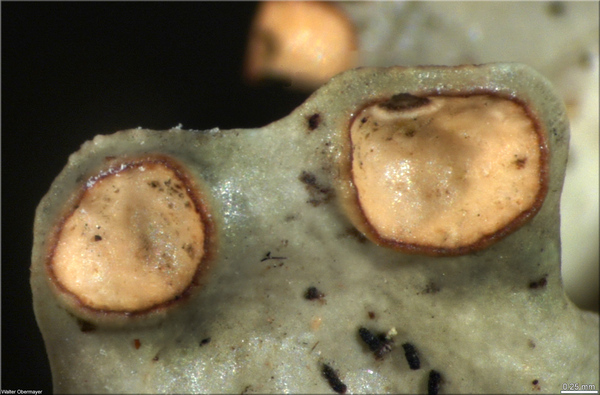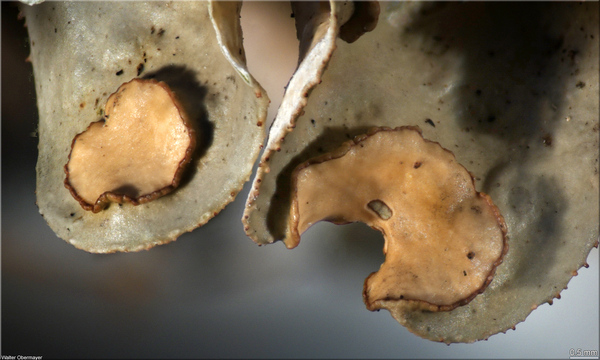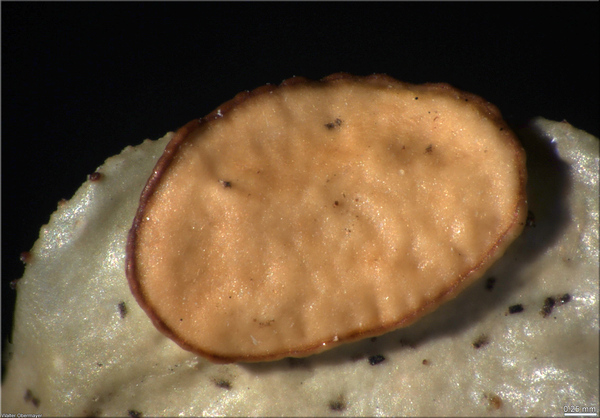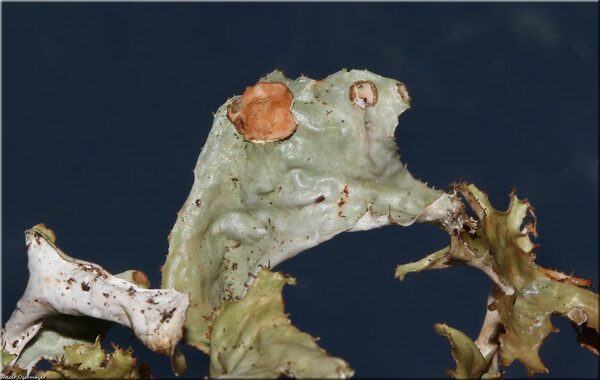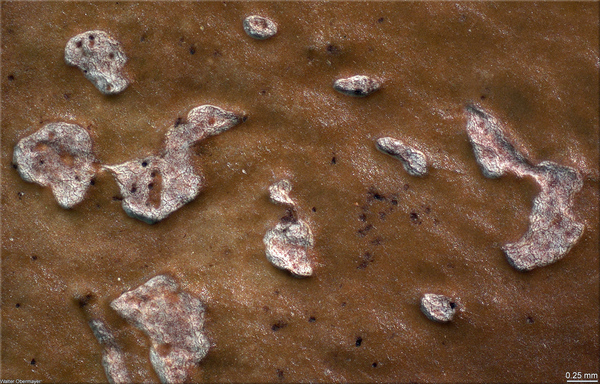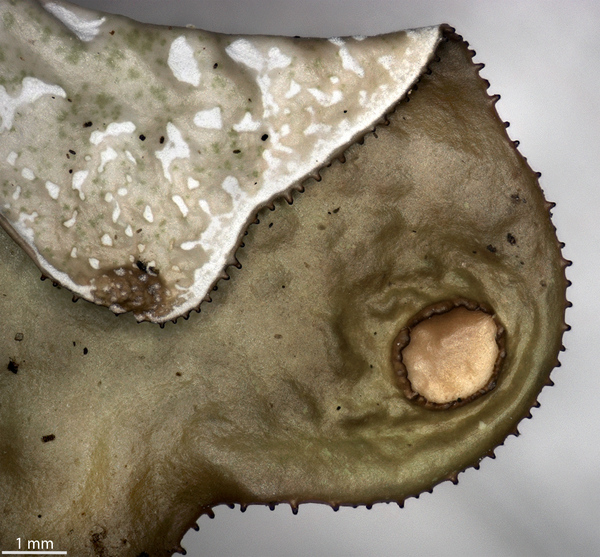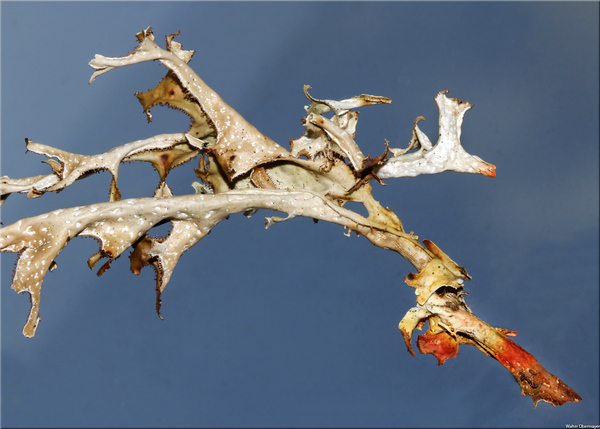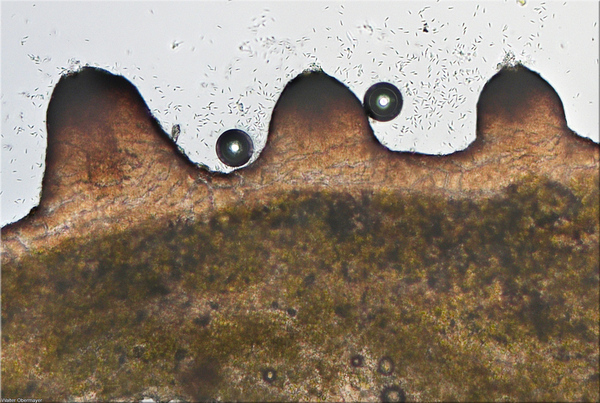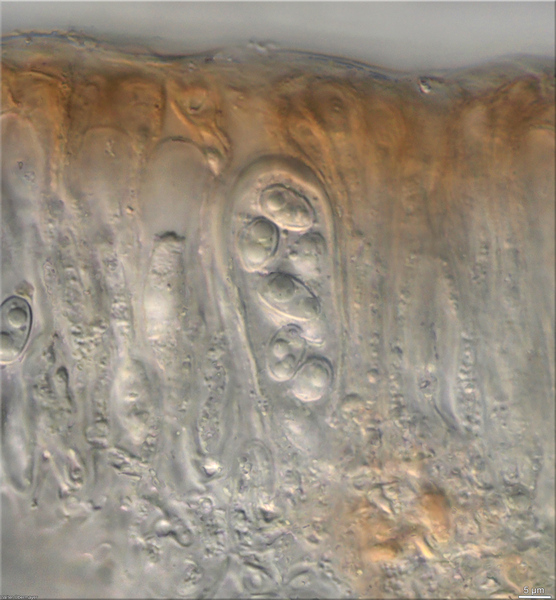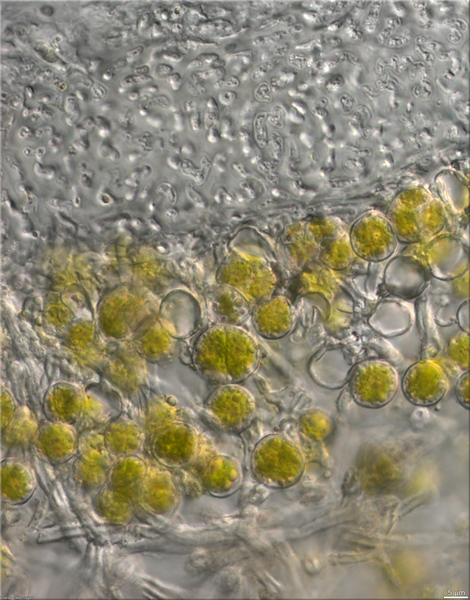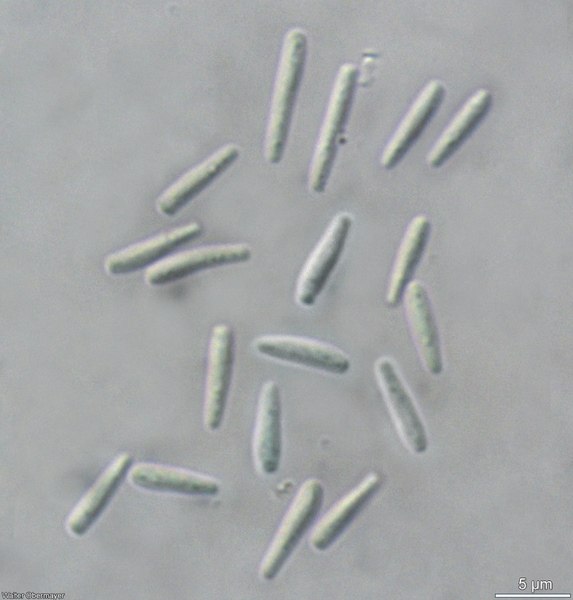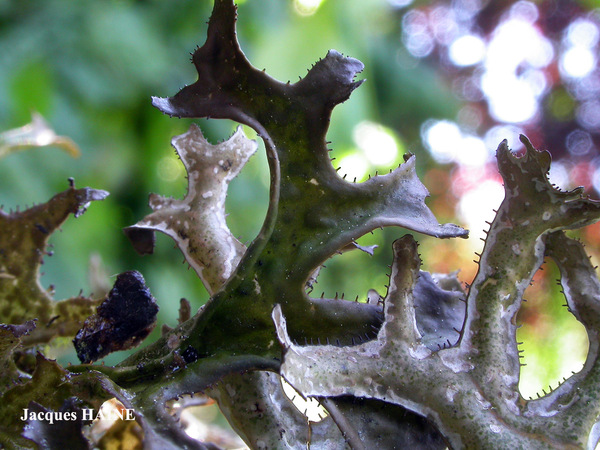Cetraria islandica (L.) Ach. subsp. islandica
Meth. Lich.: 293, 1803. Basionym: Lichen islandicus L. - Sp. Pl., 2: 1145, 1753.
Synonyms: Cetraria islandica f. platysmoides Sambo; Cetraria islandica var. platyna (Ach.) Ach.
Distribution: N - Frl (Tretiach & Hafellner 2000, Tretiach & Molaro 2007, Minganti & al. 2014), Ven (Nimis 1994, Nascimbene & Caniglia 1997, 2003c, Caniglia & al. 1999, 2000, Nascimbene 2001b, 2005c, 2008c, Cercasov & al. 2002, Nascimbene & al. 2006e, Nascimbene & Marini 2007, Brackel 2013, Minganti & al. 2014, Giovagnoli & Tasinazzo 2014), TAA (Caniglia & al. 2002, Nascimbene & Caniglia 2002c, Nascimbene 2003, 2006c, 2008b, 2013, Nascimbene & al. 2005, 2006, 2006e, 2008c, 2022, Lang 2009, Bilovitz & al. 2014, 2014b), Lomb (Rivellini 1994, Rossi & al. 1998, Valcuvia & al. 2000d, Dalle Vedove & al. 2004, Valcuvia & Truzzi 2007b, Brackel 2013, Minganti & al. 2014, Vitalini & al. 2015, Gheza 2017, 2019, 2019b), Piem (Morisi & Sereno 1995, Isocrono & Falletti 1999, Isocrono & al. 2003, 2004, 2006, Morisi 2005, Isocrono & Piervittori 2008, Minganti & al. 2014), VA (Verger & al. 1993, Siniscalco 1995, Borlandelli & al. 1996, Piervittori & Isocrono 1997, 1999, Valcuvia 2000, Piervittori & al. 2001, 2004, Revel & al. 2001, Matteucci & al. 2008, Minganti & al. 2014), Emil (Tomaselli 1991, Ferrari & al. 1994, Tomaselli & Rossi 1994, Rossi & Ferrari 1994, Dalle Vedove & al. 2002, Fariselli & al. 2020), Lig (Brunialti & al. 1999, Minganti & al. 2014). C - Tosc (Benesperi & al. 2007, Minganti & al. 2014, Minganti & al. 2014, Brackel 2015), Marc (Nimis & Tretiach 1999), Umb (Panfili 2000, 2007, Ravera & al. 2006), Laz (Brackel 2015), Abr (Nimis & Tretiach 1999, Minganti & al. 2014, Brackel 2015, Di Nuzzo & al. 2021, Gheza & al. 2021,Vallese & al. 2022), Mol (Nimis & Tretiach 2004, Caporale & al. 2008). S - Camp, Bas (Potenza & Fascetti 2005, 2012, Potenza 2006), Cal (Puntillo 1996, Potenza & al. 2011, Minganti & al. 2014, Lich. Ital. Exs. 54: Isocrono & al. 2021).
Description: Thallus subfoliose to subfruticose, loosely attached, often forming large tufts, consisting of dorsiventral, flattened, elongate, ascending, 1-3(-4) cm wide and up to 6(-10) cm tall, often sparingly branched laciniae with often in-rolled margins bearing short (0.2-1 mm) marginal, pycnidia-bearing spinulose outgrowths. Upper surface dark brown in sun-forms to pale olive-green in shade, matt or somehow glossy, smooth or often slightly wrinkled, the basal parts often reddish; lower surface usually paler, with large, maculiform, irregular, white pseudocyphellae spread throughout the surface and the margins. Cortex 2-layered, with an external layer of brownish, thick-walled, paraplectenchymatous cells, and an inner layer of periclinally arranged hyphae; medulla white. Apothecia extremely rare, lecanorine, mostly subterminal, with a dark brown disc and an often crenulate thalline margin. Epithecium brownish; hymenium and hypothecium colourless. Asci 8-spored, narrowly clavate, with a small axial body and a distinct, K/I+ blue ring-structure in the rather large tholus, approaching the Lecanora-type. Ascospores 1-celled, hyaline, ellipsoid to ovoid, 6-10 x 3.5-5 μm. Pycnidia immersed at the top of the marginal spinules, often empty. Conidia fusiform, multiseptate, colourless, 6-7 x c. 1 μm. Photobiont chlorococcoid. Spot tests: cortex K-, C-, KC-, P-; medulla K- or K+ yellow-orange, C-, KC-, P+ yellow to orange or P-, UV-. Chemistry: medulla with fumarprotocetraric acid, and variable amounts of protocetraric and protolichesterinic acids.
Note: an arctic-alpine to boreal-montane, circumpolar lichen found on mineral and organic soil, amongst thick moss carpets, exceptionally on bark or lignum near the ground, with optimum near treeline; common and often abundant throughout the Alps, less frequent in the mountains of Southern Italy. The subsp. crispiformis (Räsänen) Kärnefelt should be looked for in the Alps.
Growth form: Fruticose
Substrata: soil, terricolous mosses, and plant debris
Photobiont: green algae other than Trentepohlia
Reproductive strategy: mainly asexual, by thallus fragmentation
Commonnes-rarity: (info)
Alpine belt: very common
Subalpine belt: extremely common
Oromediterranean belt: rare
Montane belt: very rare
Submediterranean belt: absent
Padanian area: absent
Humid submediterranean belt: absent
Humid mediterranean belt: absent
Dry mediterranean belt: absent
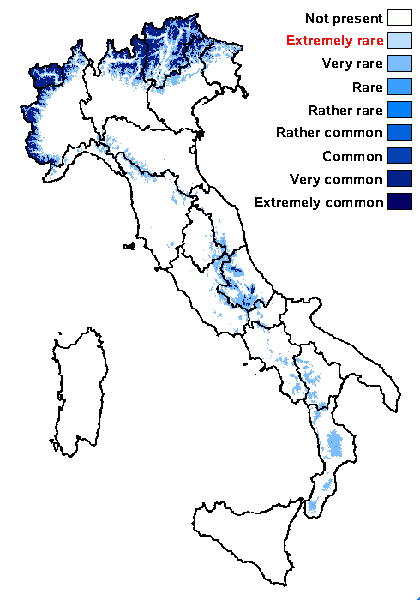
Predictive model
Herbarium samples


P.L. Nimis; Owner: Department of Life Sciences, University of Trieste
Herbarium: TSB (14285)
2001/12/05
marginal pycnidia


P.L. Nimis; Owner: Department of Life Sciences, University of Trieste
Herbarium: TSB (34442)
2002/01/14
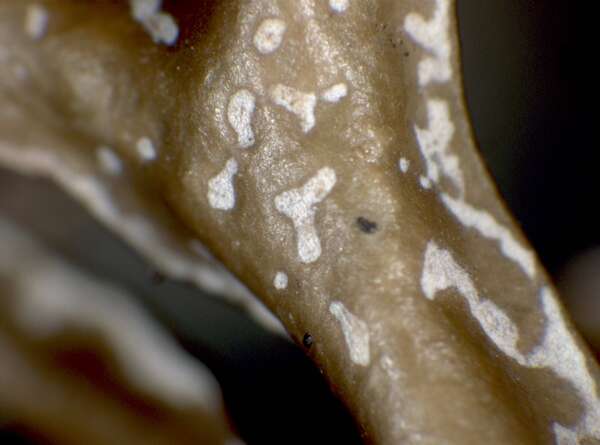

P.L. Nimis; Owner: Department of Life Sciences, University of Trieste
Herbarium: TSB (34442)
2002/01/14
pseudocyphellae
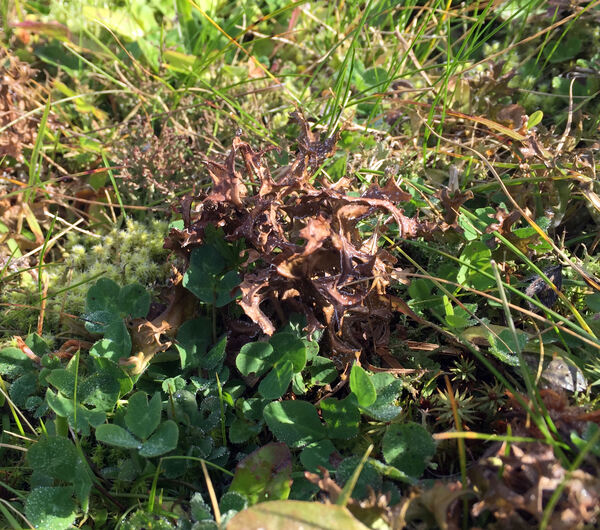

P.L. Nimis; Owner: Department of Life Sciences, University of Trieste
Italy, Veneto, Belluno, Casera Razzo, 1900 m
09.09.2016
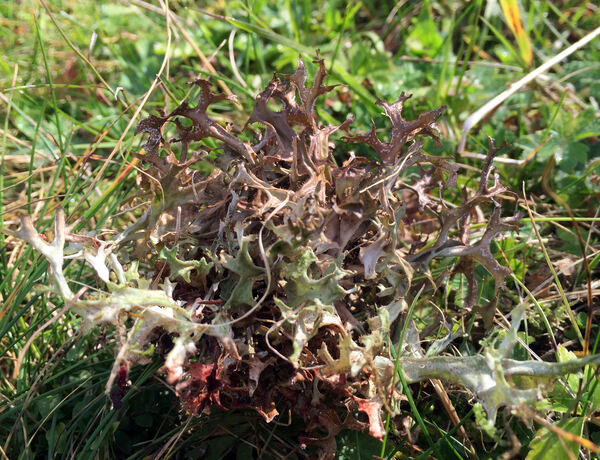

P.L. Nimis; Owner: Department of Life Sciences, University of Trieste
Italy, Veneto, Belluno, Casera Razzo, 1900 m
09.09.2016
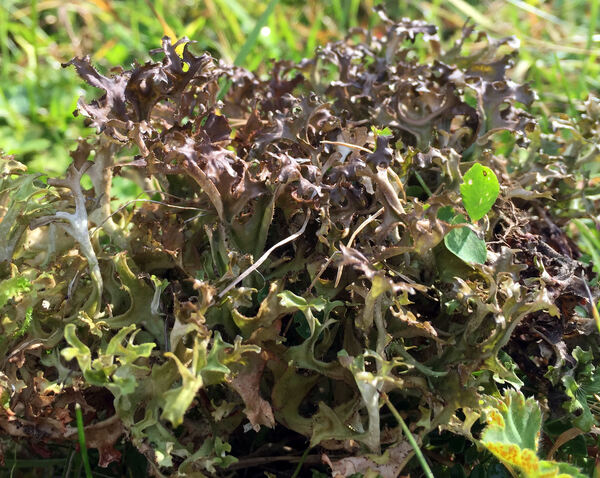

P.L. Nimis; Owner: Department of Life Sciences, University of Trieste
Italy, Veneto, Belluno, Casera Razzo, 1900 m
09.09.2016
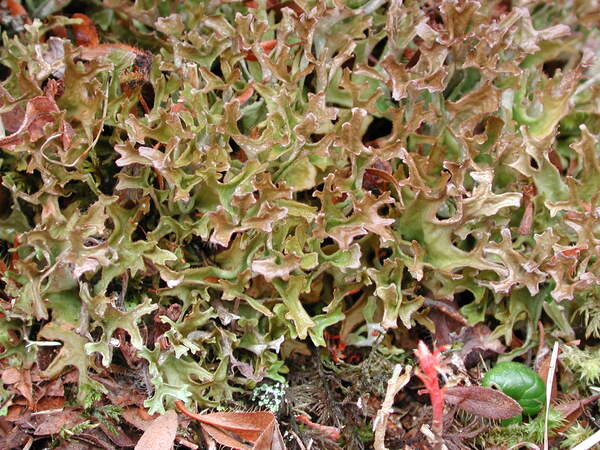

Juri Nascimbene - CC BY-SA 4.0; Owner: ITALIC - Dyades Project - Dept. of Life Sciences, University of Trieste
Italy, Trentino-Alto Adige, Trento, Monte Bondone
2014
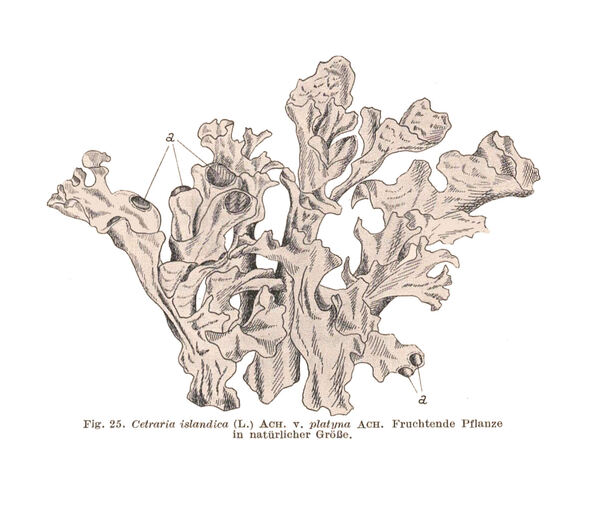
Hillmann J. 1936. Parmeliaceae. In: Rabenhorst’s Kryptogamen-Flora von Deutschland, Österreich und der Schweiz. 2nd, IX, Die Flechten, Abt. 5, 3. Borntraeger\Leipzig, pp. 1-309.
as var. platyna
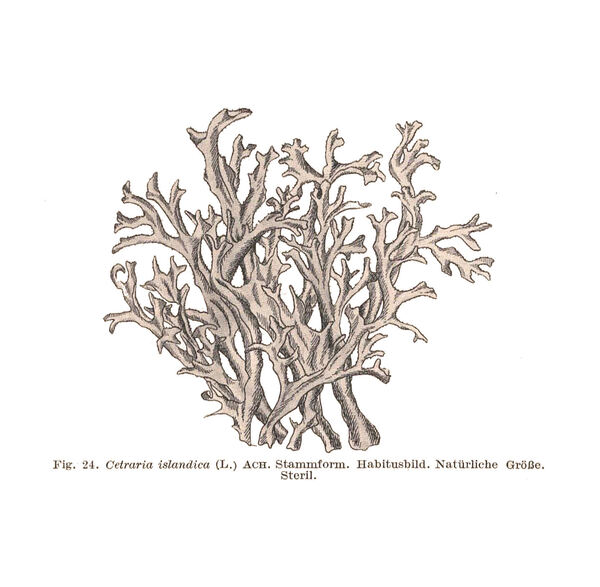
Hillmann J. 1936. Parmeliaceae. In: Rabenhorst’s Kryptogamen-Flora von Deutschland, Österreich und der Schweiz. 2nd, IX, Die Flechten, Abt. 5, 3. Borntraeger\Leipzig, pp. 1-309.

Bernard Bouffinier - Source: http://www.lichensmaritimes.org/index.php?task=fiche&lichen=1328&lang=en
Sweden
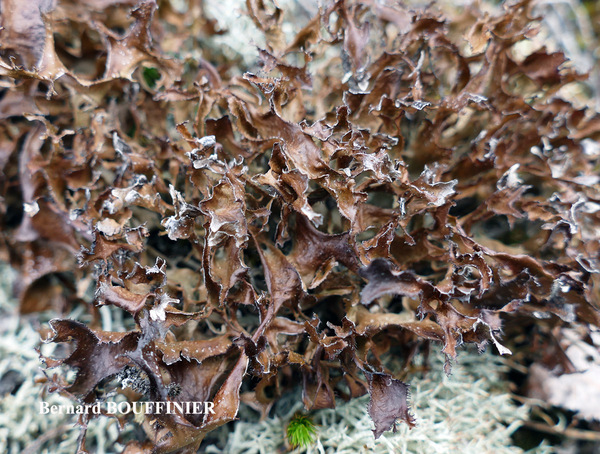
Bernard Bouffinier - Source: http://www.lichensmaritimes.org/index.php?task=fiche&lichen=1328&lang=en
Sweden
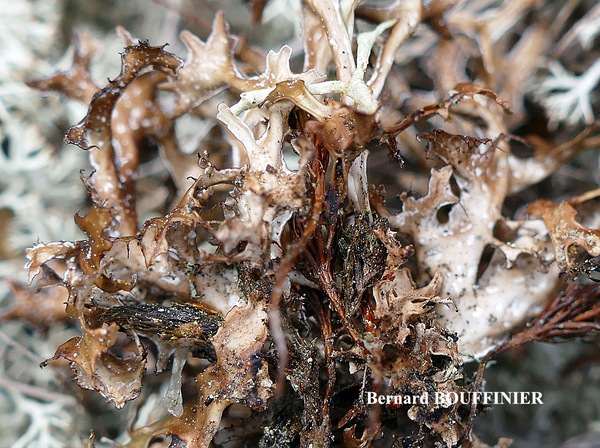
Bernard Bouffinier - Source: http://www.lichensmaritimes.org/index.php?task=fiche&lichen=1328&lang=en
Sweden

Bernard Bouffinier - Source: http://www.lichensmaritimes.org/index.php?task=fiche&lichen=1328&lang=en
France, Pyrénées Cauterets
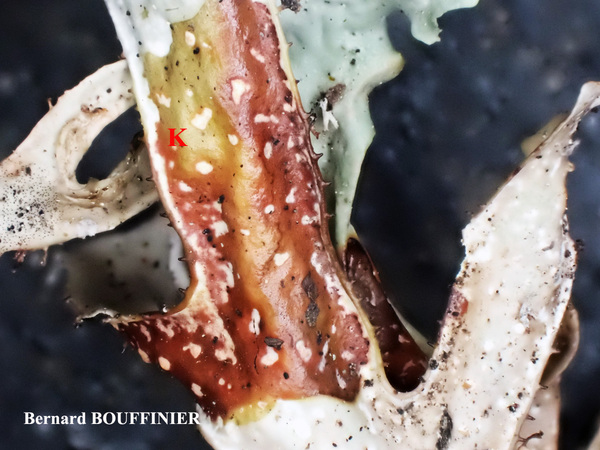
Bernard Bouffinier - Source: http://www.lichensmaritimes.org/index.php?task=fiche&lichen=1328&lang=en
France, Pyrénées Cauterets
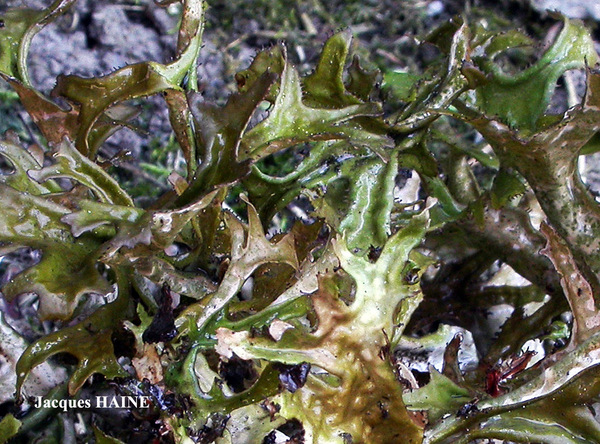
Jacques Haine - Source: http://www.lichensmaritimes.org/index.php?task=fiche&lichen=1328&lang=en
France, Alpes Maurienne
Growth form: Fruticose
Substrata: soil, terricolous mosses, and plant debris
Photobiont: green algae other than Trentepohlia
Reproductive strategy: mainly asexual, by thallus fragmentation
Commonnes-rarity: (info)
Alpine belt: very common
Subalpine belt: extremely common
Oromediterranean belt: rare
Montane belt: very rare
Submediterranean belt: absent
Padanian area: absent
Humid submediterranean belt: absent
Humid mediterranean belt: absent
Dry mediterranean belt: absent

Predictive model
| Herbarium samples |


P.L. Nimis; Owner: Department of Life Sciences, University of Trieste
Herbarium: TSB (14285)
2001/12/05
marginal pycnidia


P.L. Nimis; Owner: Department of Life Sciences, University of Trieste
Herbarium: TSB (34442)
2002/01/14


P.L. Nimis; Owner: Department of Life Sciences, University of Trieste
Herbarium: TSB (34442)
2002/01/14
pseudocyphellae


P.L. Nimis; Owner: Department of Life Sciences, University of Trieste
Italy, Veneto, Belluno, Casera Razzo, 1900 m
09.09.2016


P.L. Nimis; Owner: Department of Life Sciences, University of Trieste
Italy, Veneto, Belluno, Casera Razzo, 1900 m
09.09.2016


P.L. Nimis; Owner: Department of Life Sciences, University of Trieste
Italy, Veneto, Belluno, Casera Razzo, 1900 m
09.09.2016


Juri Nascimbene - CC BY-SA 4.0; Owner: ITALIC - Dyades Project - Dept. of Life Sciences, University of Trieste
Italy, Trentino-Alto Adige, Trento, Monte Bondone
2014

Hillmann J. 1936. Parmeliaceae. In: Rabenhorst’s Kryptogamen-Flora von Deutschland, Österreich und der Schweiz. 2nd, IX, Die Flechten, Abt. 5, 3. Borntraeger\Leipzig, pp. 1-309.
as var. platyna

Hillmann J. 1936. Parmeliaceae. In: Rabenhorst’s Kryptogamen-Flora von Deutschland, Österreich und der Schweiz. 2nd, IX, Die Flechten, Abt. 5, 3. Borntraeger\Leipzig, pp. 1-309.

Bernard Bouffinier - Source: http://www.lichensmaritimes.org/index.php?task=fiche&lichen=1328&lang=en
Sweden

Bernard Bouffinier - Source: http://www.lichensmaritimes.org/index.php?task=fiche&lichen=1328&lang=en
Sweden

Bernard Bouffinier - Source: http://www.lichensmaritimes.org/index.php?task=fiche&lichen=1328&lang=en
Sweden

Bernard Bouffinier - Source: http://www.lichensmaritimes.org/index.php?task=fiche&lichen=1328&lang=en
France, Pyrénées Cauterets

Bernard Bouffinier - Source: http://www.lichensmaritimes.org/index.php?task=fiche&lichen=1328&lang=en
France, Pyrénées Cauterets

 Index Fungorum
Index Fungorum
 GBIF
GBIF
